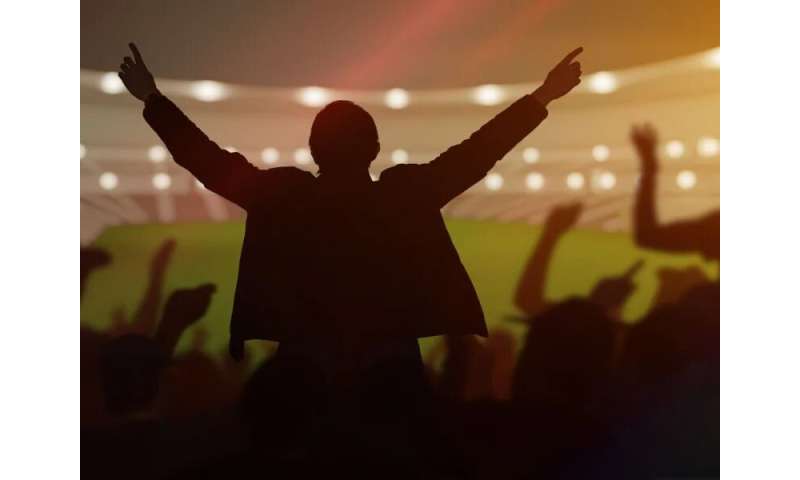
(HealthDay)—Sports fans are itching to watch their favorite teams return to play, but are jam-packed arenas even remotely safe in the midst of the coronavirus pandemic?
For Glenn Rall, chief academic officer and a virologist at the Fox Chase Cancer Center in Philadelphia, the answer isn’t simple.
“There are inherent dangers,” he said. “And the rational decision may simply be that, no, we can’t do this. But I don’t think we, as scientists, can just sit in our prototypical ivory tower and just say this is too dangerous, and nothing can happen until we have a vaccine. Because we are not going to have a vaccine available until at least mid-2021. And it’s not realistic to say to the public ‘Just stay inside forever.'”
For one thing, Rall explained, the public’s tolerance for risk evolves. “Three months ago, doors slammed shut as people were terrified. Now they’re figuring things out. You have a mask. You have sanitizer. You go shopping at off hours. You sit outside a restaurant instead of inside. And three months from now, we’re probably going to be even more open to taking risks,” Rall said.
“And then there’s also the many, many people whose livelihood depends on these sports. I don’t mean the players or owners. They will be just fine. But the folks who work in these stadiums—the ticket takers, the cleaning crews—they also are part of the equation. They need to be considered,” he added.
“Of course, I’m far from advocating going back to huge 100%-full stadium events,” Rall stressed. “We have to be careful. We need to limit crowds, and we have to ask those crowds to be responsible, to wear masks, to socially distance. But I think that with a number of understandings and caveats, there are reasons to believe it could be OK to return to some sports.”
As to whether fans can be relied on to act responsibly in a passion-fueled sports setting, Rall admitted that he might be “a bit naive. Maybe asking spectators to be well-behaved in terms of social distancing is a bridge too far. I acknowledge that’s true. But, at the very least, we have to have the conversation and see where it goes.”
But one researcher who just completed a study looking at how big sporting events affect flu infection rates is less optimistic.
“I think policymakers will have to be very careful about reopening sporting events to spectators,” warned Brad Humphreys, a professor of economics at West Virginia University. His investigation determined that whenever a strike or lockout caused game cancellations in a particular city, that city’s flu death rate fell.
“The coronavirus spreads in a very similar way to seasonal influenza,” Humphreys explained. “So we can expect that opening sporting events back up to fans will likely increase the spread of the coronavirus, leading eventually to more deaths than would have occurred absent fan attendance.”
Why? Crowded sporting events magnify the risk of airborne transmission “since fans are yelling, singing, chanting, and sometimes hugging. All these actions generate a lot of airborne droplets, which can contain virus if infected people are in attendance,” Humphreys explained. And once infected fans leave the arena, it’s more likely that the virus spreads to vulnerable local populations.
“I am a sports fan,” Humphreys added. But any effort to safely re-launch professional sports would need to entail “a far different fan experience than in the pre-COVID-19 era,” with highly limited ticket sales and strictly enforced social distancing.
It is a challenge many professional sports leagues are already grappling with: Several leagues in the United States have said they plan to resume play without fans in the stands, while many soccer leagues around the world are doing the same. But France, Japan and Spain have announced plans to allow some sports fans back into stadiums before summer’s end.
Meanwhile, NASCAR has resumed racing, but ticket sales have been strictly curtailed to just a few thousand socially distanced fans at tracks designed to host 150,000 or more.
Source: Read Full Article
